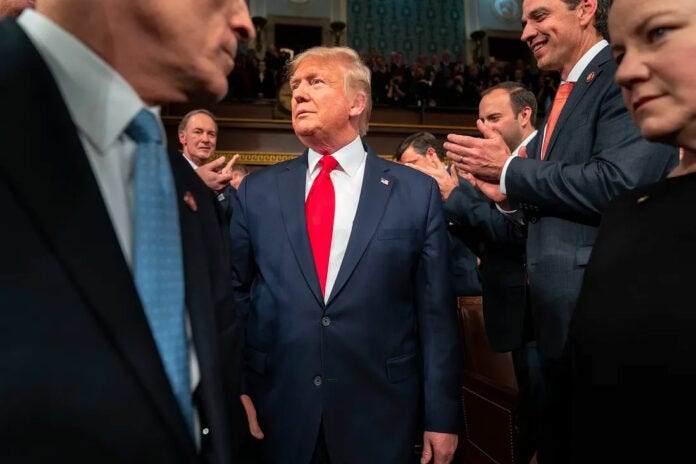Deal Closes Ahead of August 1 Deadline
On July 22, President Trump proclaimed a significant trade agreement with Japan, finalised just before the looming August 1 tariff enforcement deadline. The deal notably reduces broader U.S. tariffs on Japanese exports from earlier threats of 25% to a uniform 15%, aligning with Trump’s strategy of forging reciprocal trade agreements before retaliatory levies kick in.
Japanese Investment Commitment to U.S.
As part of the agreement, Japan has pledged up to $550 billion in investment, loans, and guarantees aimed at strengthening U.S. supply chains in industries like autos, semiconductors, pharmaceuticals, and steel CBS News+11Reuters+11Reuters+11. President Trump hailed it as possibly the largest trade deal ever with Japan, describing it as a “massive deal” benefiting both nations.
Automotive Sector Gains
Under the pact:
- Auto tariffs drop to 15% from 27.5%.
- Other Japanese imports also face a 15% tariff, down from the proposed 25%.
The announcement triggered a sharp rally in auto stocks—Toyota surged over 14%, Honda nearly 11%, and Nissan 8%—while the Nikkei index climbed nearly 4% to a one-year high.
U.S. Industry Reaction
Despite celebrations in Tokyo, U.S. automakers criticized the deal. The American Automotive Policy Council (representing GM, Ford, Stellantis) argued it penalizes North American-built vehicles, which continue to face a 25% tariff, thereby undercutting domestic manufacturers.
Stakes for Japanese Politics
The deal comes at a fraught political moment for Japanese PM Shigeru Ishiba, whose party suffered heavy losses in the upper house. Ishiba hailed the tariff terms as the lowest ever offered to a country with a trade surplus with the U.S. and pledged to review the agreement’s details carefully. Analysts believe this pact may provide temporary political respite amid growing pressure on his leadership.
Broader Ripple Effects
- International markets responded positively: the euro Stoxx 600 gained, and optimism grew for further U.S.–trade deals ahead of the August deadline—particularly with the EU and South Korea.
- Currency markets saw the yen gain ground following the announcement, while U.S. government bond yields edged higher.
- The agreement also stabilised oil prices slightly, as global trade sentiment improved.
What Comes Next
- Formal ratification and negotiation of implementation agreements remain pending.
- Response from domestic stakeholders: U.S. automakers may lobby for relief or carve-outs, while Japanese industries will monitor investment flows.
- Follow-on trade talks: The deal may provide a template for future agreements with the EU, India, and others under the same reciprocal tariff framework.
Final Take
President Trump’s announcement marks a major turning point in U.S.–Japan economic relations, setting a softened tariff structure for Japanese imports and securing unprecedented investment commitments. While it represents a win for Japanese exporters, the accord has drawn significant domestic pushback and hinges on ongoing global trade dynamics.










